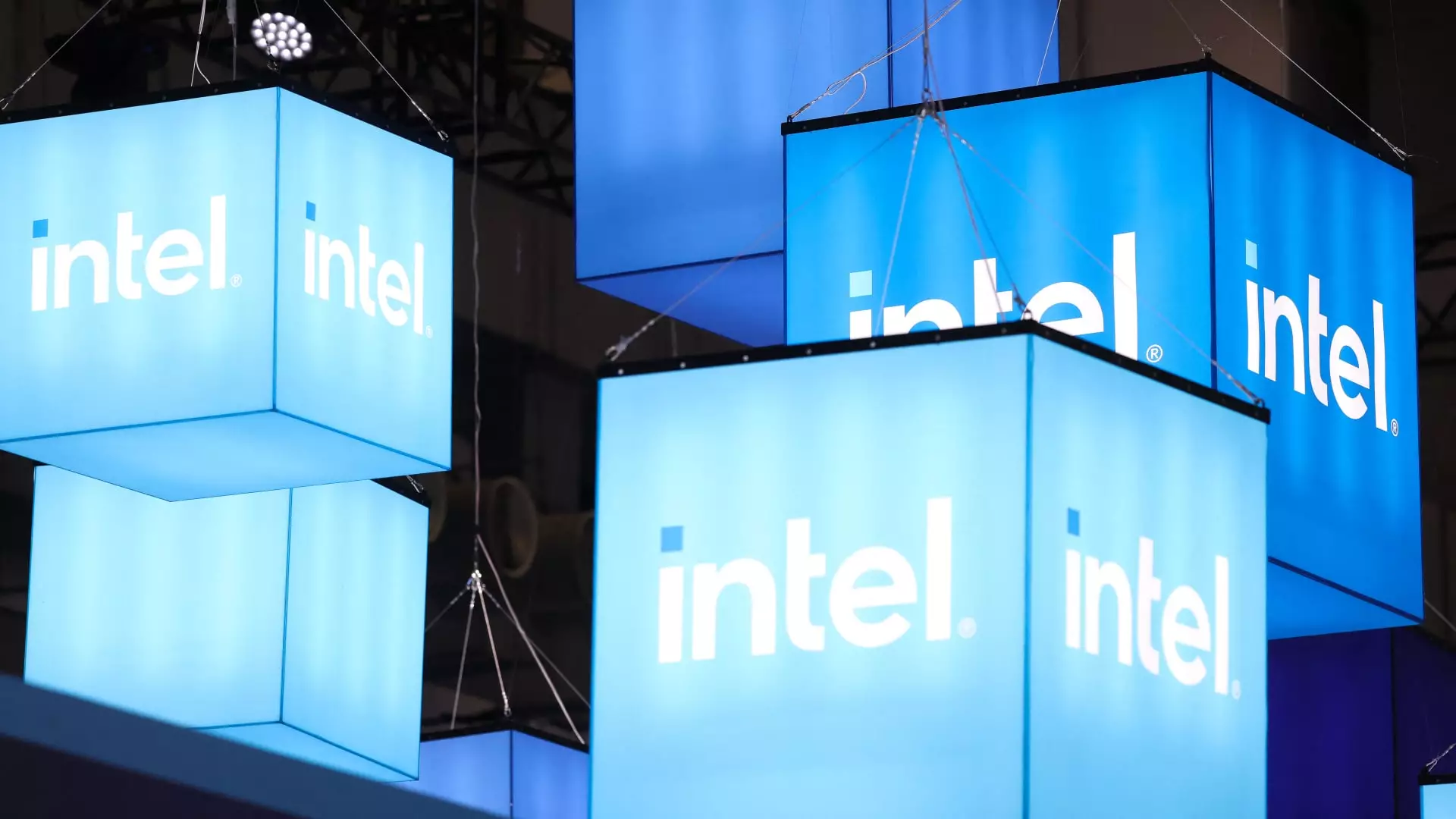Intel, a longstanding giant in the semiconductor industry, is facing mounting pressures that could reshape its business model significantly. Recent discussions involving key players in the semiconductor sector have brought to light potential deals that aim to divide Intel’s operations, prompting debates about the future viability of its manufacturing and design capabilities. With insights from reputable sources, this article explores the complexities behind the proposed transformations within Intel and what they mean for the broader tech landscape.
Two prominent industry competitors, Taiwan Semiconductor Manufacturing Company (TSMC) and Broadcom, are reportedly exploring the prospect of acquiring parts of Intel’s business. Such moves signal not only a strategic attempt to gain market share but also a shift in the dynamics of the semiconductor industry, where collaboration often leads to consolidation. Broadcom’s focus appears to be centered around Intel’s chip design and marketing segments, which have been crucial in establishing Intel’s identity over the past decades.
However, Broadcom’s ambition seems to be contingent upon finding a partner capable of handling Intel’s manufacturing operations. This highlights a key challenge in the semiconductor arena: the separation of design from manufacturing. TSMC, meanwhile, is eyeing a more significant role — potentially taking control of Intel’s manufacturing plants as part of a broader investment strategy. With TSMC’s market clout vastly overshadowing Intel—having a valuation roughly eight times greater—the pressure for Intel to maintain its competitive edge is palpable.
Intel’s interim executive chairman, Frank Yeary, is at the forefront of negotiations, engaging with both potential investors and White House officials, who view Intel as a linchpin in national security. The U.S. government’s apprehension over Intel’s fate underlines the geopolitical aspects of technology investments. Yeary’s commitment to maximizing shareholder value underscores the tension between corporate objectives and national interests, particularly in a climate where semiconductor supply chains are scrutinized for their vulnerability.
Interestingly, the Trump administration had reservations about foreign ownership of Intel’s U.S. factories, echoing sentiments that might linger in the current political climate. The administration’s push for U.S. chip manufacturing was a response to the strategic need for domestic production, and a shift in operational control could raise alarm bells among policymakers concerned with technological sovereignty.
Intel has recently found itself at the crossroads of immense financial pressure, illustrated by a staggering 60% decline in its share price over the past year. This downturn can be attributed to past leadership decisions, particularly under former CEO Pat Gelsinger, whose ambitious plans to enhance manufacturing and AI capabilities did not yield the anticipated results. As contracts fell through, this prompted significant restructuring efforts that included workforce reductions.
The historical context surrounding Intel’s rise and ongoing challenges reveals a company that has innovated some of the most critical technologies in computing. Nevertheless, its current struggle to align with market demands and investment needs has exposed vulnerabilities. In an environment that sees relentless competition from companies like Nvidia and AMD, Intel’s ability to recalibrate its strategy is under scrutiny.
The discussions surrounding Intel’s potential breakup could trigger widespread ramifications across the semiconductor industry. Not only could it alter market competition, but it may also reshape supply chains and influence investment strategies among other tech giants. If either Broadcom or TSMC were to acquire a portion of Intel, the resulting shifts might encourage further consolidations within the industry, prompting players to either fortify their structures or seek alliances for survival.
Intel stands at a pivotal juncture that pits its rich heritage against the harsh realities of modern market pressures. As rivals explore potential deals that could lead to significant operational changes, the implications for shareholders and the tech landscape would be profound. Only time will tell how these dynamics will unfold and whether Intel can regain its footing to navigate an increasingly competitive future.


Leave a Reply